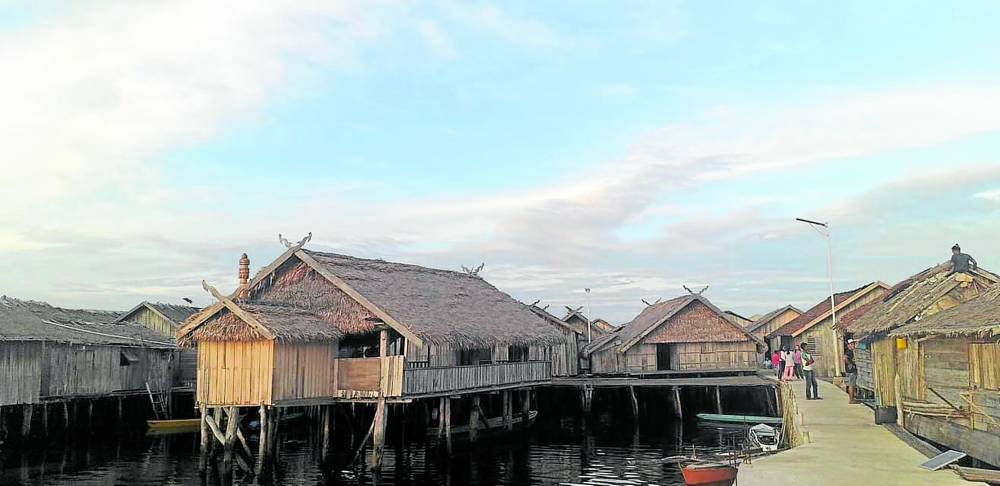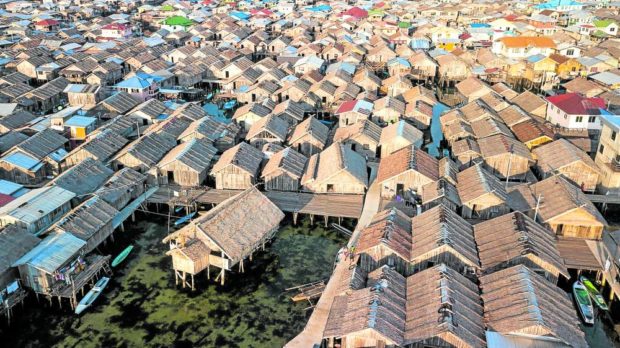
The remote island of Tabawan in the municipality of South Ubian, Tawi-Tawi, is teeming with indigenous heritage properties worthy of being preserved, conserved and sustained, as these reflect this rich and largely unknown patrimony that forms part of the Filipino identity.
Because of this, the local government, led by Mayor Hadzri Matba, has declared a number of tangible and intangible properties in town—mostly in Tabawan—as recognized cultural heritage assets through municipal Ordinance No. 14, Series 2020 passed in November 2020.
Cultural heritage translates to pusaka’ kambo’an in the Sama language of the Sama ethnic group living in the area.
Compared to heritage areas such as Vigan, Intramuros, Iloilo, Cebu and Zamboanga City, which have Spanish- to American-era structures, Tabawan is a repository of interesting culture, a rich built environment in that part of the country.
The structures on the island are perhaps intact, devoid of the influences of colonizers. These are highly significant in terms of their authenticity and integrity and have been, for decades or centuries, protected by its residents.
Enrichment of culture
The said ordinance is most likely the first local declaration for a collection of indigenous structures, and one of a handful for indigenous practices in the country.
Authored by Councilor Omarjan Jahuran, the indigenous person mandatory representative (IPMR) in the local council with Councilor Mohammadjan Sarajan III, the ordinance is in line with Section 16 of Republic Act No. 7160, or the Local Government Code of 1991, which tasks the local government to “ensure and support (sic) the preservation and enrichment of culture.”
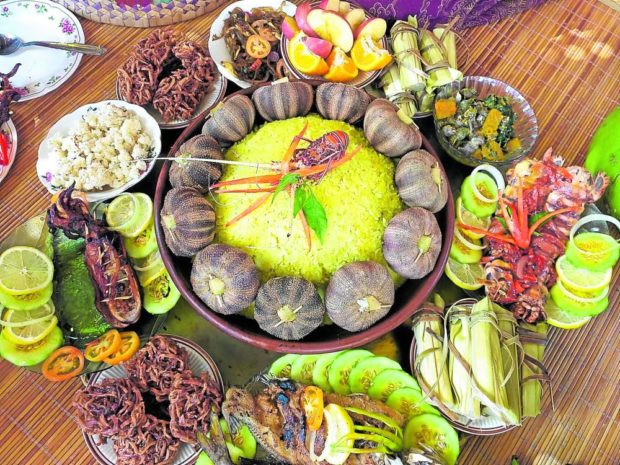
It is also in adherence to Presidential Decree No. 374 of 1974, or the Cultural Properties Preservation and Protection Act, and RA 10066, or the National Cultural Heritage Act of 2009.
The declared heritage assets include Tabawan Langgal (Masjid), a wooden communal building used for meetings, prayers, or rituals built in the early 20th century.
Jahuran, who wrote an article about the langgal for the Cultural Center of the Philippines Encyclopedia of Philippine Art Digital, notes that the langgal is “a sacred place for community prayers and ritual celebrations like the pagduwa’a salamat (thanksgiving prayer rituals), pagtimbang/paggunting (equivalent to baptism), pagtammat (Quran mastery ritual) and other rituals.”
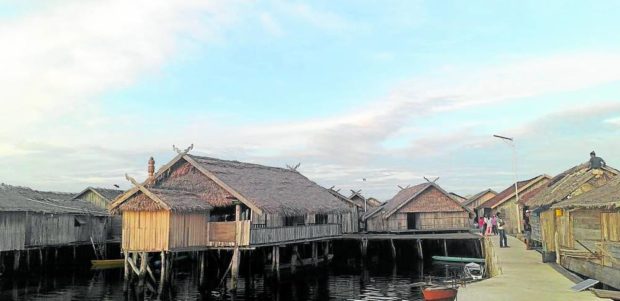
It is also a “logical meeting place (sic) where all community decisions are made.”
Jahuran also notes in the same article that the langgal is “connected to the community’s longhouses and spirit houses—luma’ maheya (big house), luma’ pagkambo’an (house of the ancestors), and luma’ pangatas (ordered house)—through a walkway called letehan,” which are all part of the 2020 declaration.
Other properties
Apart from the langgal and the spirit houses, other properties included in the declaration are the Bohe’ Deya (sacred forest well), Entosan (traditional log pressing mechanism), Bumbun (graveyard island), Sunduk or Paghinang Sunduk (traditional carved wooden grave markers and the practice of making them), and Kuta Tabawan, a stone fort believed to have been built prior to the arrival of Islam in the area.

Jahuran said the fort was built by their ancestors during the time when conquest and occupation of islands and places in their area were prevalent.
He said it was where their ancestors sought refuge whenever there were attacks by other groups.
According to folklore, he said, an epic battle happened in the area of the fort, and the people there believe this was true although this is more of a myth.
Intangible heritage
Meanwhile, the intangible cultural heritage properties declared are Panghu’ Kawman (community traditional leadership), Pag-anom tepo/Tepo Tabawan (mat weaving/Tabawan woven mats), Pagkambo’an (ancestral veneration practice), Pagjamu (communual spirit appeasement ritual), Pagduwata (traditional healing ritual celebrations), Igal Tabawan (traditional dance), Tagunggu’an Tabawan/Titik Tabawan (traditional ensemble and musical rhythm) and Panyam maka Ja (traditional ritual rice cakes).
Through the ordinance, these heritage properties are protected against destruction and damages.
Also, unauthorized documentation and illicit trade of these properties are prohibited under the ordinance.

Modifications and alterations are allowed as long as these are approved by the Council of Elders, the IPMR representative and the local government.
The rich tangible and intangible heritage of the island was part of the recently concluded National Museum photo exhibition titled “Tabawan: The Island of Pre-Islamic Rituals and Traditional Practices in Tawi-Tawi,” featuring images by Paul Quiambao.
The exhibit, which ran from March 16, 2021, to Jan. 2 at the National Museum of Anthropology, “… highlighted the blend of indigenous traditions and Islamic beliefs as practiced by the Sama-Tabawan in their seven rituals from paggunting, pagtubas, pagkawin, pai baha’u, pagduwata, pagjamu bohe’ deya to pagkambo’an.
“These rituals are interconnected and experienced from cradle to grave, marking the passage of life for the Sama-Tabawan,” the National Museum notes. —CONTRIBUTED INQ
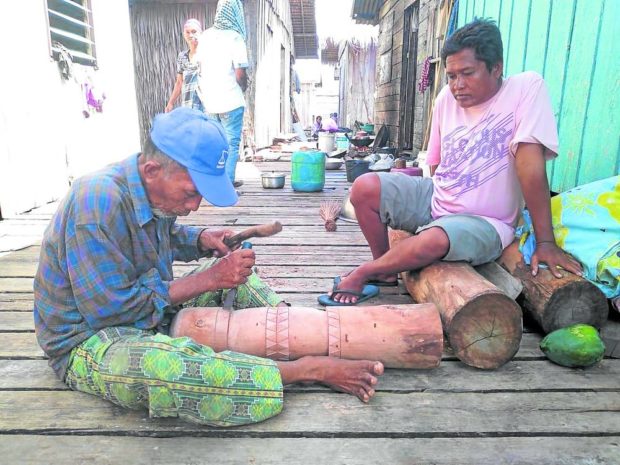
A Sunduk carver

